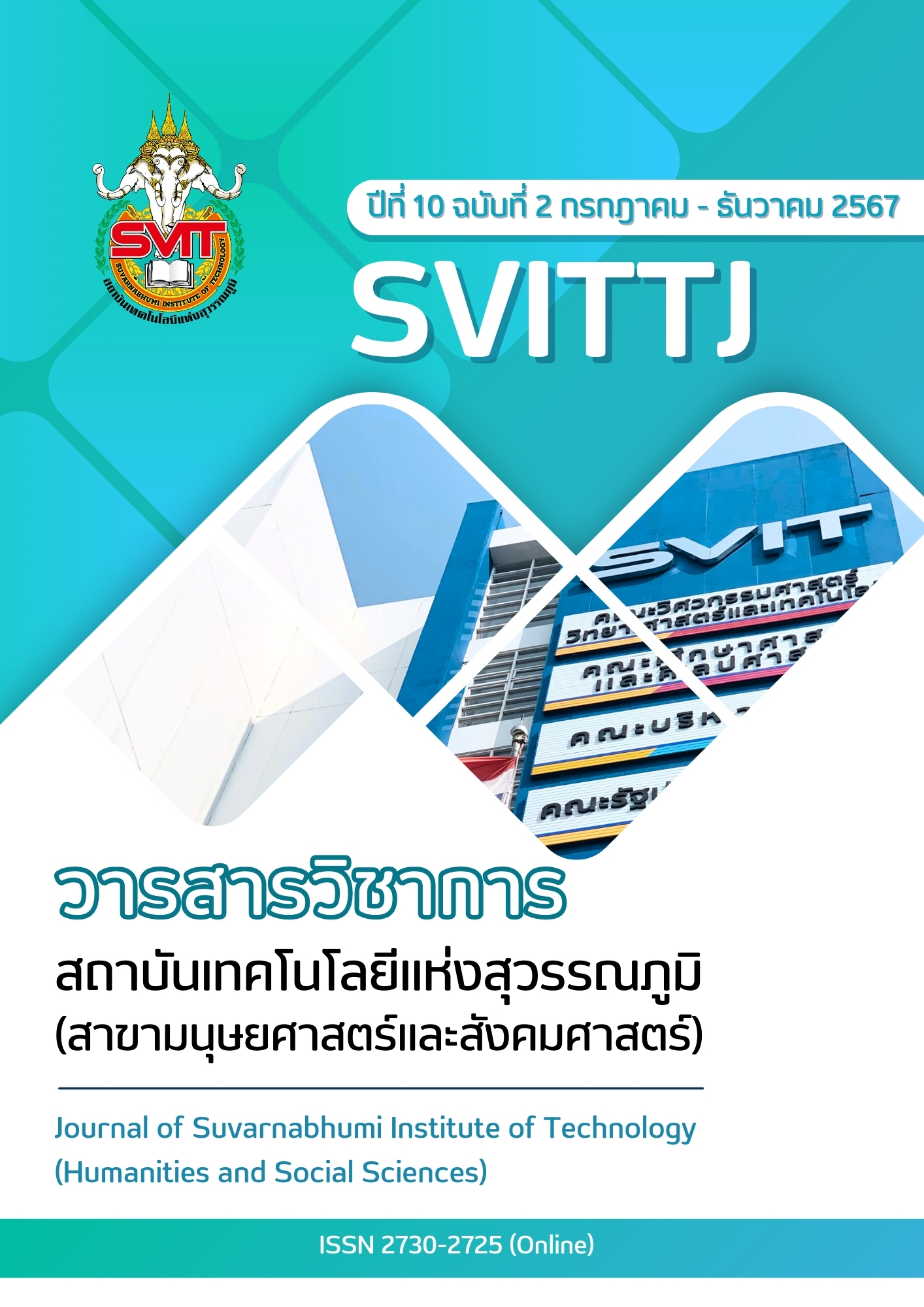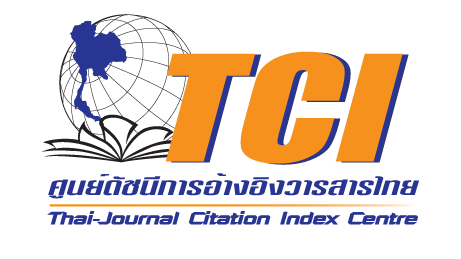INVESTIGATING GRADUATE STUDENTS’ USEFULNESS, ATTITUDE AND E-SHOPPING INTENTION OF A PUBLIC UNIVERSITY IN GUANGXI, CHINA
Keywords:
Usefulness, Attitude, E-shopping IntentionAbstract
This study conducted an empirical study on the impacting factors of graduate students' e-shopping at Guangxi University of Science and Technology. The study analyzed the causal relationship perceived value, ease of use, usefulness, trust, customer service, attitude, and e-shopping intention. This study adopted a quantitative method (n=500), distributing questionnaires to graduate students in GXUST, China. The nonprobability sampling contains purposive, quota, and convenience sampling in distributing questionnaires and collecting data online. Confirmatory factor analysis and structural equation modeling were used to analyze the collected data and validate the constructs' model fit, reliability, and validity. The results presented that perceived value, trust, and ease of use significantly impact attitude toward e-shopping, and usefulness has less impact on attitude. Ease of use has a significant impact on usefulness. Attitude reveals the strongest impact on e-shopping intention, followed by customer service. Seven hypotheses have been verified to the survey objectives. Therefore, more and more graduate students can be attracted to e-shopping by creating a good e-shopping environment, innovating e-shopping methods, improving the convenience and usefulness of e-shopping, and improving the quality of e-shopping customer services.
References
Al-Debei, M. M., Akroush, M. N., & Ashouri, M. I. (2015). Consumer attitudes towards online shopping: the effects of trust, perceived benefits, and perceived web quality. Internet Research, 25(5), 707-733. https://doi.org/10.1108/intr-05-2014-0146
Armitage, C. J., Norman, P., Alganem, S., & Conner, M. (2015). Expectations are more predictive of behavior than behavioral intentions: evidence from two prospective studies. Annals of Behavioral Medicine, 49(2), 239-246. https://doi.org/10.1007/s12160-014-9653-4
Babin, B. J., & Babin, L. (2001). Seeking something different? A model of schema typicality, consumer affect, purchase intentions and perceived shopping value. Journal of Business Research, 54(4), 89-96. https://doi.org/10.1016/s0148-2963(99)00095-8
Bentler, P. M. (1990). Comparative fit indexes in structural models. Psychological Bulletin, 107(2), 238-246. https://doi.org/10.1037//0033-2909.107.2.238
Bhattacherjee, A. (2001). Understanding information systems continuance: an expectation-confirmation model. MIS Quarterly, 25(3), 351-370. https://doi.org/10.2307/3250921
Byrne, B. M. (2010). Structural equation modeling with AMOS: Basic concepts, applications, and programming (2nd ed.). Routledge Taylor & Francis Group.
Davis, F. D. (1989). Perceived usefulness, perceived ease of use, and user acceptance of information technology. MIS Quarterly, 13(3), 319-342.
Davis, F. D., Bagozzi, R. P., & Warshaw, P. R. (1989). User acceptance of computer technology: a comparison of two theoretical models. Management Science, 35(8) ,982-1003.
Escobar-Rodríguez, T., & Bonson-Fernandez, R. (2016). Analyzing online purchase intent in Spain: fashion e-commerce. Information Systems and E-Business Management, 15(3), 599-622. https://doi.org/10.1007/s10257-016-0319-6
Howard, J. (1989). Consumer Behavior in Marketing Strategy (1st ed.). Prentice-Hall.
Hsu, H.-Y., Kwok, O., Lin, J. H., & Acosta, S. (2015). Detecting mis specified multilevel structural equation models with common fit indices: a monte Carlo study. Multivariate Behavioral Research, 50(2), 197–215. https://doi.org/10.1080/00273171.2014.977429
Janakiraman, N., Syrdal, H. A., & Freling, R. (2016). The effect of return policy leniency on consumer purchase and return decisions: a meta-analytic review. Journal of Retailing, 92(2), 226-235. https://doi.org/10.1016/j.jretai.2015.11.002
Khan, R. A., & Qudrat-Ullah, H. (2021). Adoption of LMS in higher educational institutions of the Middle East (1st ed.). Springer.
Kim, D. J., Ferrin, D. L., & Rao, H. R. (2008). A trust-based consumer decision-making model in electronic commerce: The role of trust, perceived risk, and their antecedents. Decision Support Systems, 44(2), 544-564. https://doi.org/10.1016/j.dss.2007.07.001
Kim, H. W., Xu, Y., & Gupta, S. (2012). Which is more important in internet shopping, perceived price or trust?. Electronic Commerce Research and Applications, 11(3), 241-252. https://doi.org/10.1016/j.elerap.2011.06.003
Kimery, K., & McCord, M. (2002). Third-party assurances: mapping the road to trust in e- retailing. Journal of Information Technology Theory and Applications, 4(2), 63-82. https://doi.org/10.1109/hicss.2002.994158
Liao, Z., & Cheung, M. T. (2001). Internet-based e-shopping and consumer attitudes: an empirical study. Information & Management, 38, 299-306. https://doi.org/10.1016/s0378-7206(00)00072-0
Lichtenstein, D. R., Ridgway, N. M., & Netemeyer, R. G. (1993). Price perceptions and consumer shopping behavior: a field study. Journal of Marketing Research, 30(2), 234-245. https://doi.org/10.1177/002224379303000208
McKnight, D., & Chervany, N. (2002). What trust means in e-commerce customer relationships: an interdisciplinary conceptual typology. International Journal of Electronic Commerce, 6(2), 35-39. https://doi.org/10.1080/10864415.2001.11044235
Pedroso, R., Zanetello, L., Guimarães, L., Pettenon, M., Gonçalves, V., Scherer, J., Kessler, F., & Pechansky, F. (2016). Confirmatory factor analysis (CFA) of the Crack Use Relapse Scale (CURS). Archives of Clinical Psychiatry (São Paulo), 43(3), 37-40. https://doi.org/10.1590/0101-60830000000081
Pikkarainen, T., Pikkarainen, K., Karjaluoto, H., & Pahnila, S. (2004). Consumer acceptance of online banking: an extension of the technology acceptance model. Internet Research, 14(3), 224-235. https://doi.org/10.1108/10662240410542652
Rosmayani, T., & Mardhatillah, A. (2020). Model of intent to behave in online product purchases for Muslim fashion in Pekanbaru, Indonesia. Journal of Islamic Marketing, 11(6), 1419-1441. https://doi.org/10.1108/jima-09-2018-0159
Schlosser, S. (2003). Experiencing Products in the Virtual World: The Role of Goal and Imagery in Influencing Attitudes versus Purchase Intentions. Journal of Consumer Research, 2(1),184-198. https://doi.org/10.1086/376807
Sharma, G. P., Verma, R. C., & Pathare, P. (2005). Mathematical modeling of infrared radiation thin layer drying of onion slices. Journal of Food Engineering, 71(3), 282–286. https://doi.org/10.1016/j.jfoodeng.2005.02.010
Sica, C., & Ghisi, M. (2007). The Italian versions of the Beck Anxiety Inventory and the Beck Depression Inventory-II: Psychometric properties and discriminant power. In M. A. Lange (Ed.), Leading-edge psychological tests and testing research (pp. 27–50). Nova Science Publishers.
Thaichon, P., & Quach, T. N. (2015). The relationship between service quality, satisfaction, trust, value, commitment, and loyalty of internet service providers’ customers. Journal of Global Scholars of Marketing Science, 25(4), 295-313. https://doi.org/10.1080/21639159.2015.1073419
Van der Heijden, H., Verhagen, T., & Creemers, M. (2003). Understanding online purchase intentions: contributions from technology and trust perspectives. European Journal of Information Systems, 12, 41-48. https://doi.org/10.1057/palgrave.ejis.3000445
Venkatesh, V., & Davis, F. D. (2000). A theoretical extension of the technology acceptance model: four longitudinal field studies. Management Science, 46(2), 186-204. https://doi.org/10.1287/mnsc.46.2.186.11926
Wallace, L. G., & Sheetz, S. D. (2014). The adoption of software measures: a technology acceptance model (TAM) perspective. Information & Management, 51, 249-259. https://doi.org/10.1016/j.im.2013.12.003
Wheaton, B., Muthen, B., Alwin, D. F., & Summers, G. (1977). Assessing Reliability and Stability in Panel Models. Sociological Methodology, 8, 84-136. http://dx.doi.org/10.2307/270754
Wu, J.-H., & Wang, Y.-M. (2006). Measuring KMS success: A respecification of the DeLone and McLean's model. Information & Management, 43(6), 728-739. https://doi.org/10.1016/j.im.2006.05.002
Downloads
Published
Issue
Section
License
Copyright (c) 2024 Suvarnabhumi Institute of Technology

This work is licensed under a Creative Commons Attribution-NonCommercial-NoDerivatives 4.0 International License.
บทความที่ได้รับการตีพิมพ์เป็นลิขสิทธิ์ของวารสารวิชาการ สถาบันเทคโนโลยีแห่งสุวรรณภูมิ
ข้อความที่ปรากฏในบทความแต่ละเรื่องในวารสารวิชาการเล่มนี้เป็นความคิดเห็นส่วนตัวของผู้เขียนแต่ละท่านไม่เกี่ยวข้องกับสถาบันเทคโนโลยีแห่งสุวรรณภูมิ และคณาจารย์ท่านอื่นๆในสถาบันฯ แต่อย่างใด ความรับผิดชอบองค์ประกอบทั้งหมดของบทความแต่ละเรื่องเป็นของผู้เขียนแต่ละท่าน หากมีความผิดพลาดใดๆ ผู้เขียนแต่ละท่านจะรับผิดชอบบทความของตนเองแต่ผู้เดียว





